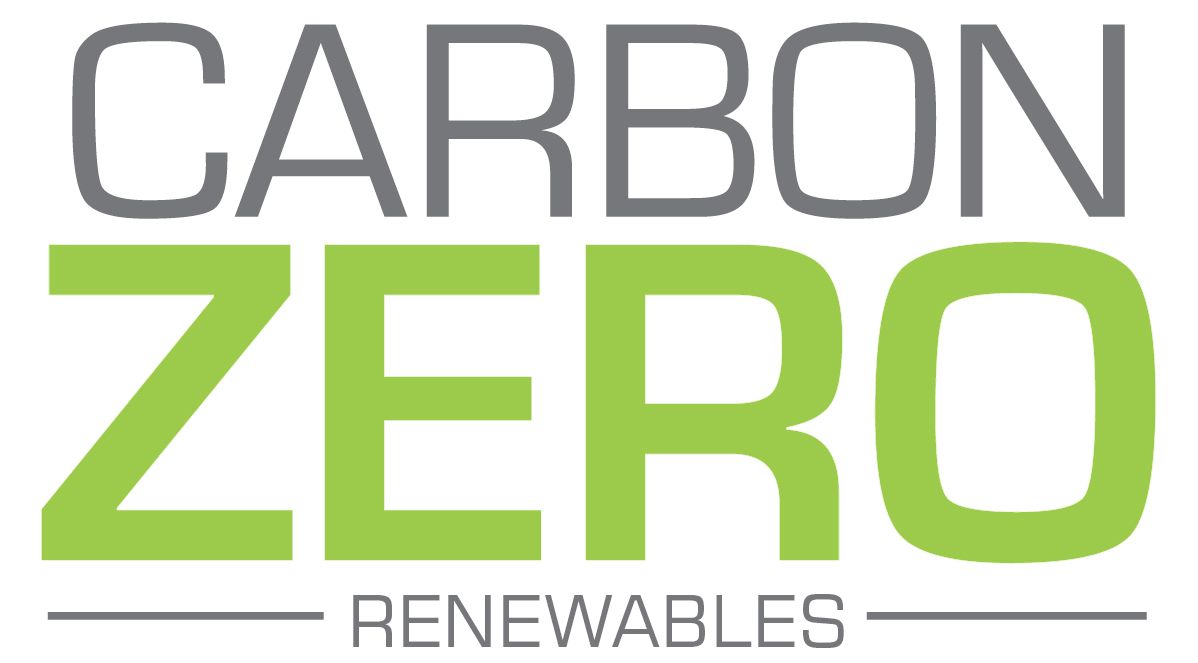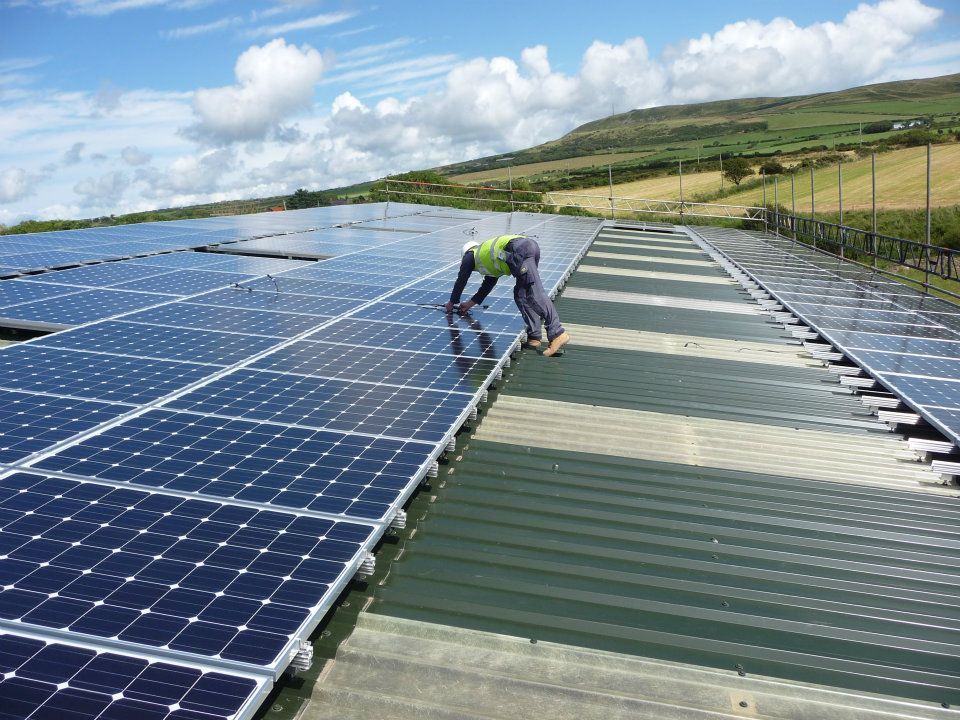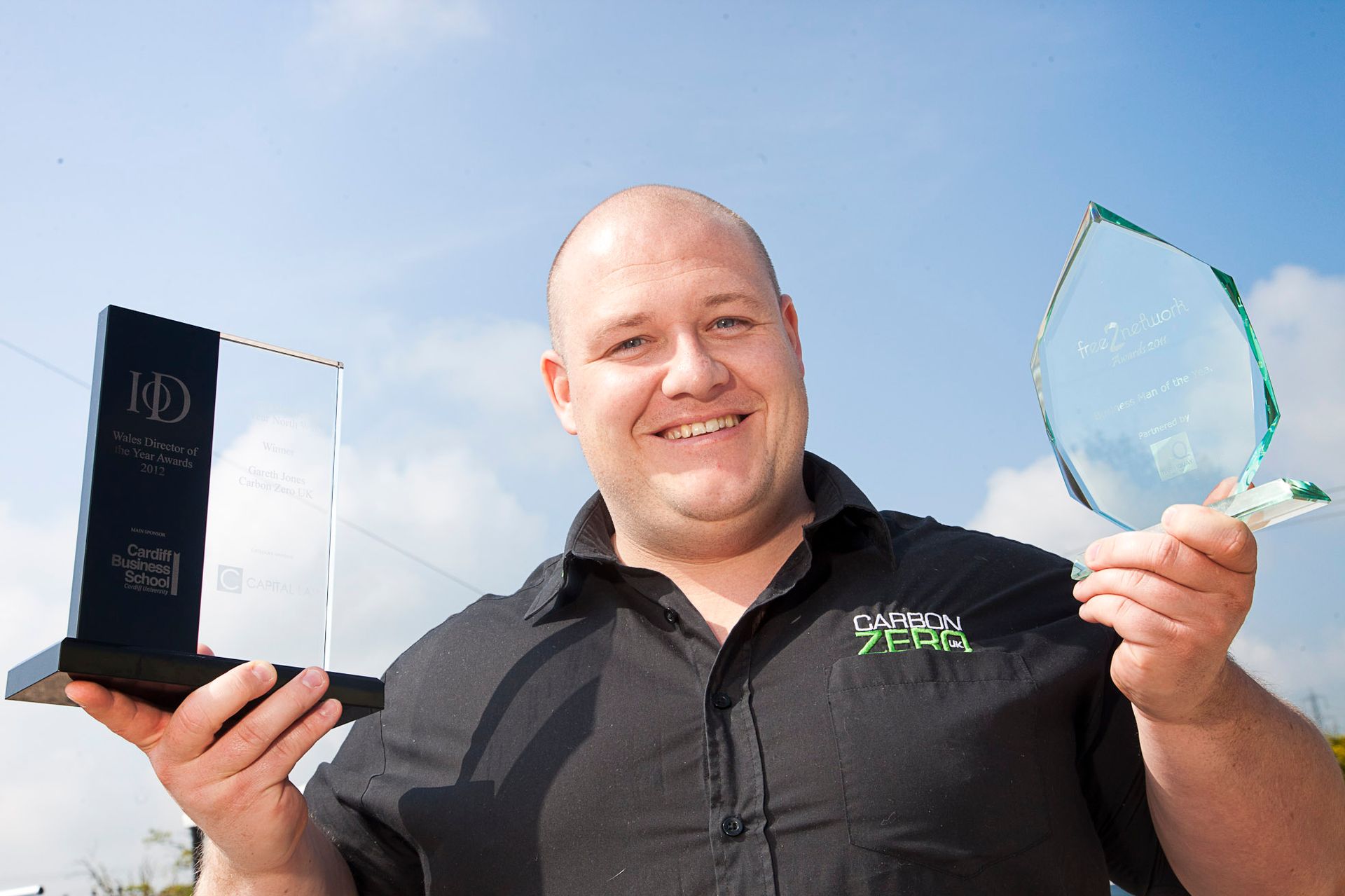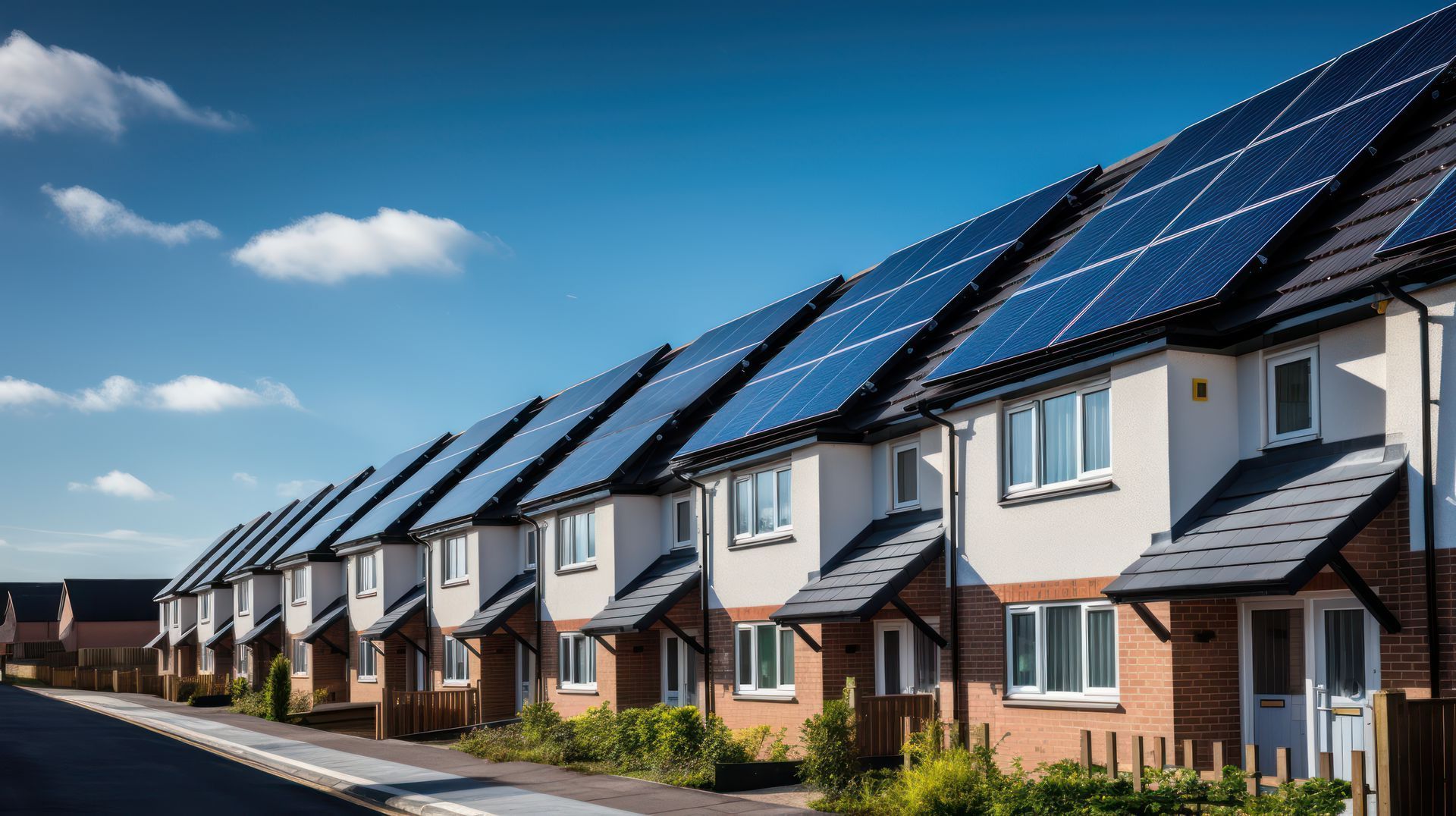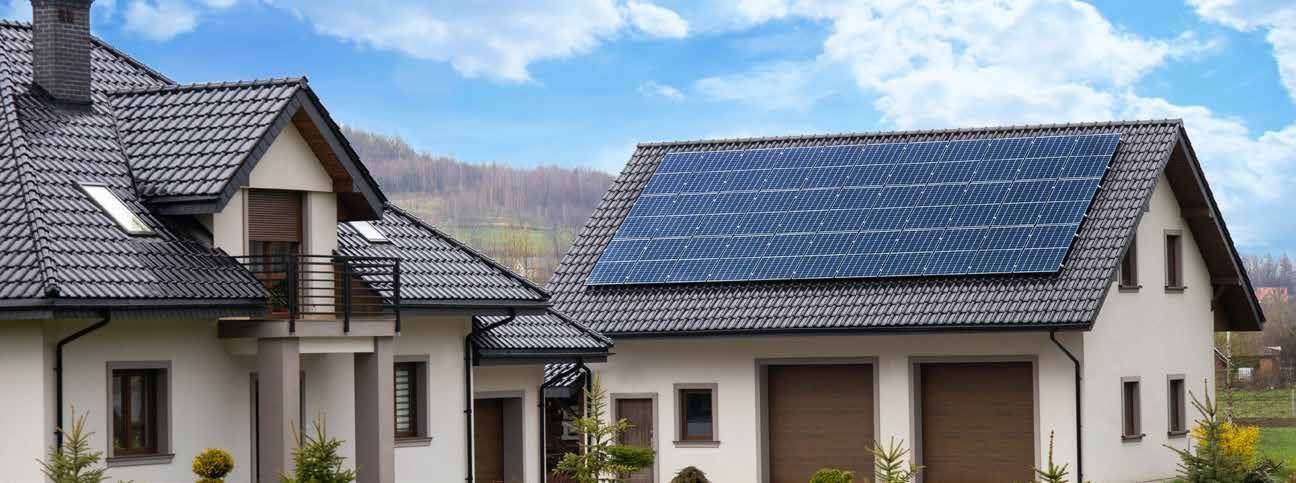Financing a commercial solar installation on Anglesey is a critical decision that shapes your returns, risk profile, cash‑flow and ownership future. There are three main models: outright purchase, finance/loan, and third‑party ownership (such as a Power Purchase Agreement, or PPA). Each has strengths and drawbacks, and the best choice depends on your business’s financial position, appetite for ownership, and long‑term goals.
Outright purchase: With this model, your business pays for the solar system up‑front and owns it from day one. This approach gives you complete control over the system, full benefit of generated electricity and savings, and full eligibility for tax benefits such as capital allowances. It typically offers the highest long‑term return because you capture all savings and any export income after the pay‑back period. The downside is the large initial capital outlay, which may be a barrier for some businesses. On Anglesey, where roof space might be plentiful (for agriculture, tourism, industrial premises) and energy usage significant, outright purchase can make strong sense if you have the funds or can secure favourable business loan terms.
Business loan/asset finance: If you don’t want to or can’t pay the full cost upfront, you can use a business loan, asset finance or hire‑purchase arrangement. This lets you spread payments over several years while still owning the system. The loan repayments are offset by your energy bill savings, so your net cash‑flow can remain positive. You still get the full benefit of the installation and tax advantages, but you are committed to repayments. For businesses on Anglesey, this model provides a balance: lower capital burden upfront, ownership benefits retained, and predictable payments.
Power Purchase Agreement (PPA) / third‑party ownership: In this model, a solar developer funds, owns and installs the system on your premises. You pay them for the electricity generated at a fixed or variable rate (usually less than your current tariff) over an agreed period (typically 15–25 years). You don’t own the system initially, so you avoid upfront cost and the risks of system maintenance or component replacement, which the developer services. At the end of the term, you may have the option to purchase the system. The benefit is minimal capital risk. However, you also give up some of the savings potential, since you’re paying for the power rather than simply using self‑generated power you own. The return is lower than outright ownership, but the risk is also reduced.
Which one is right for your Anglesey business? Several factors will help you decide:
Capital availability: Do you have funds or credit to purchase or finance the system?
Day‑time electricity demand: If your business consumes a lot of energy during the day, purchasing the system may yield high returns.
Business lifespan and location stability: If you plan to stay on the site for 10–20 years, owning the system makes sense. If you might move, a PPA could be less risky.
Risk appetite: If you prefer maximum savings and full control, purchase or finance is best. If you prefer minimal risk and cash‑flow certainty, a PPA is viable.
Tax position: Ownership means you can claim capital allowances and perhaps write off the asset; a PPA may limit this benefit.
In the end, there’s no “one size fits all.” Many Anglesey businesses choose purchase or finance if their cash‑flow allows, because of the long‑term savings. Others prefer PPAs when capital is tight or they value simplicity. A reliable solar installer will present you with cash‑flow models comparing all three options, tailored to your site, energy usage, roof size and business goals. By reviewing these alongside your accountant or financial advisor, you’ll choose the path that maximises value for your business in Anglesey.

